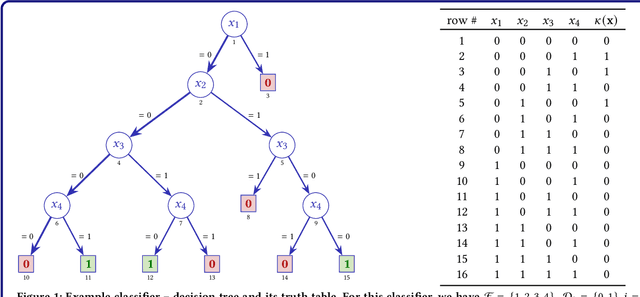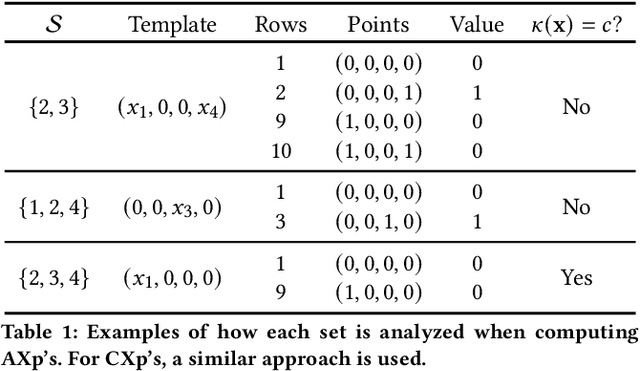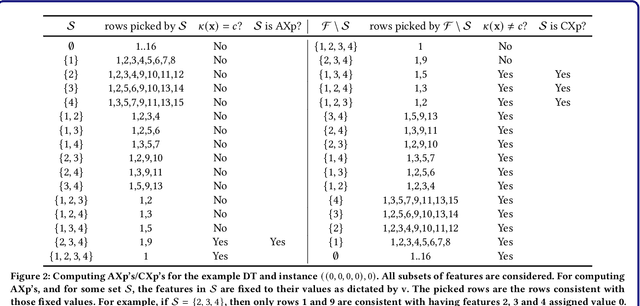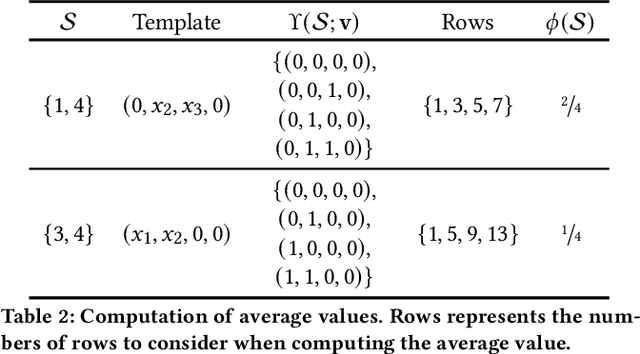Explainability is NOT a Game
Paper and Code
Jun 27, 2023



Explainable artificial intelligence (XAI) aims to help human decision-makers in understanding complex machine learning (ML) models. One of the hallmarks of XAI are measures of relative feature importance, which are theoretically justified through the use of Shapley values. This paper builds on recent work and offers a simple argument for why Shapley values can provide misleading measures of relative feature importance, by assigning more importance to features that are irrelevant for a prediction, and assigning less importance to features that are relevant for a prediction. The significance of these results is that they effectively challenge the many proposed uses of measures of relative feature importance in a fast-growing range of high-stakes application domains.
 Add to Chrome
Add to Chrome Add to Firefox
Add to Firefox Add to Edge
Add to Edge